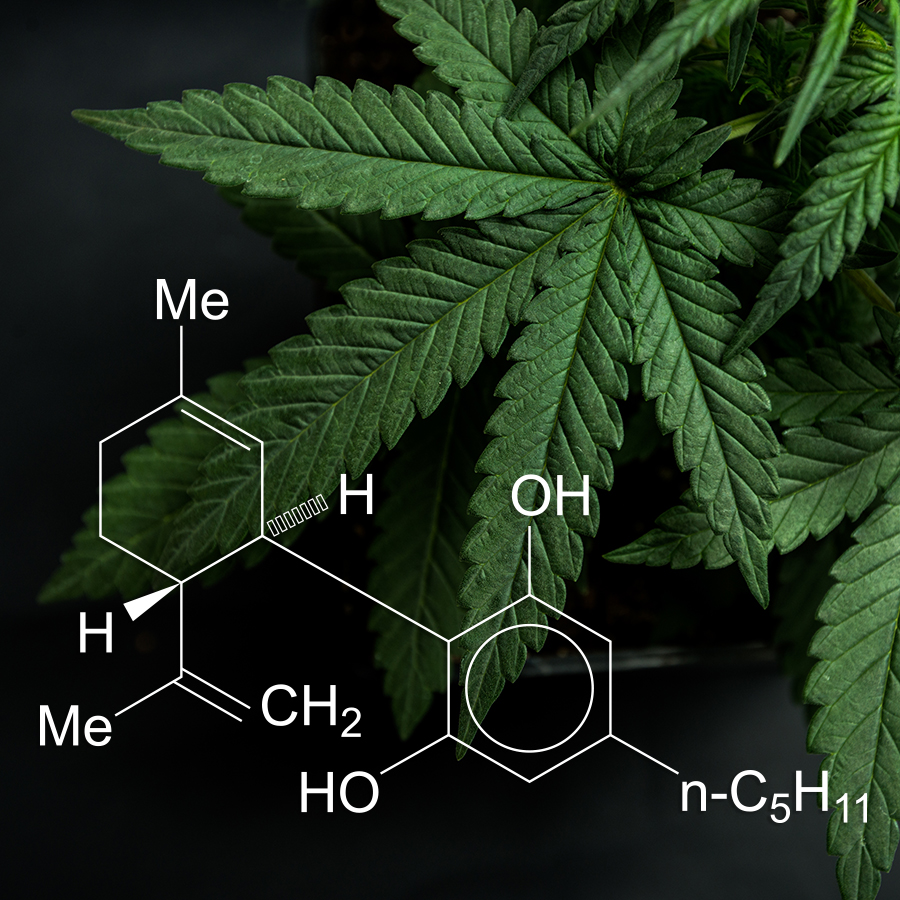The FDA is actively updating its policy on the sale and regulation of CBD containing products. CBD was actively investigated first as a drug, so the FDA did a lot of work studying it's safety and uses. See this article released by the FDA on January 15, 2019. During their investigation, they found that CBD is generally safe. However, they issue several warnings about possible drug interactions CBD can have. The FDA issued this warning to consumers regarding the potential harms or misleading claims of CBD companies. They note that CBD can cause liver damage as well as male reproductive toxicity. Currently, CBD has only been cleared by the FDA as a medicine for use in Epilepsy (Epidiolex). It is restricted from sale as a dietary supplement or food additive.
 |
| Image from FDA website |
But hang on. CBD is sold nearly everywhere these days. In California, where I live, I can find CBD products sold at grocery stores and fitness gyms. How is it legal to sell these??
Most of the products that are currently sold are derived from the hemp plant and do not contain THC, the active ingredient in marijuana. With the pending regulation changes in many states, many companies have focused solely on hemp derived CBD, since this exempts them from some federal regulation. There certainly is still confusion about how exactly CBD is to be regulated. The FDA is clear that CBD is excluded from the list of dietary supplements. However, they say that CBD can be sold legally in some cases. Specifically, companies can not make any medical claims about the product. California is one of several states where CBD can be bought and sold, but it depends on each city. For example, in Rancho Santa Margarita, CBD is considered marijuana and is restricted.
While the jury is still out about the potential benefits or harms of CBD, there has been a surge in public interest. Here's a scientific article that shows potential anti-rejection benefits in heart transplants (in rats). Another peer reviewed article shows that CBD may have some benefits in Parkinson's Disease. Some of the data they pooled showed no benefit, but it was generally found to be safe. CBD has been studied in articles ranging from fear reduction (in animals), to fertility (in sea urchins), as well as sleep effects. Interestingly, this sleep study showed that young healthy volunteers had no sleep disturbance with THC. But, when THC was combined with CBD, at lower doses, the subjects had less stage 3 sleep. Despite this, they did better on mental tasks the next day. It must have been fun to be part of that study!
CBD has been shown to reduce airway inflammation (in rats), involuntary facial dyskinesia (rats again), and inflammation in wounds (rats). It has been shown to be anti-inflammatory in skin cell cell models for dermatitis (petri dish). Several other studies linked here and here show potential anti-inflammatory effects on the gut (investigation performed on human cell cultures and surgically removed pathology specimens).
There are too many studies to really comment on here, but the list includes the following:
Oral wound healing
Lung effects in rats
Schizophrenia
Alzheimer's Dementia
Post Ebola Syndrome
Jaw Bone Resorption
Conclusion:
CBD is a very interesting chemical derived from the Cannabis family. It has many promising potential uses but most of its effects are unknown. It is currently only approved by the FDA for clinical use in epilepsy. However, the FDA warns against false and unproven claims for selling it. It definitely has a lot of scientific evidence of having an anti-inflammatory reaction, at least in the gut. I didn't find much support for its use in musculoskeletal problems, but many of my patients use and endorse it.
Please share your experiences with CBD. Has it helped you? Have you had side effects? Are there other interesting studies you know of?


